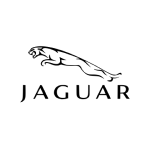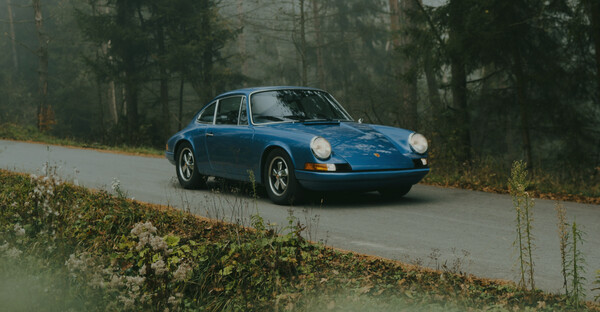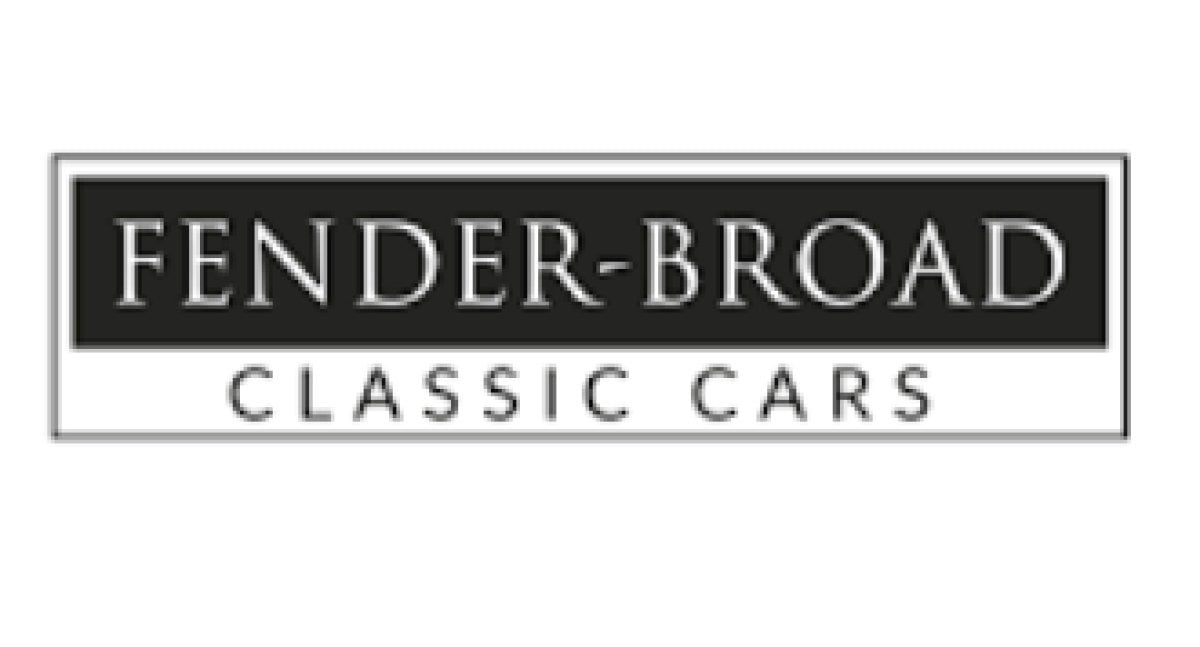Description
Details:
Oldtimer Australia is delighted to offer for sale a UK delivered, factory right hand drive 1958 Jaguar XK150 Drophead Coupe.
The Heritage Certificate on file confirms this is a factory right hand drive Drop Head Coupe which was manufactured on the 17th June 1958. The car was originally pearl grey with a light blue interior and a blue soft top. Henlys in London is mentioned as the original distributor of the car and Guy Salmon from Thames Ditton in Surrey as the original dealer. The car left the factory on 27th June 1958 and was first registered in Surrey, UK with the registration number 10 GPC.
The Heritage Certificate also confirms this car originally had a 3. 4 litre engine with a manual transmission with overdrive. Currently the car is fitted with a 3. 8 litre engine, still with a manual transmission with overdrive.
The car is also documented in fabulous book, The Jaguar XK in Australia (1985) by John Elmgreen and Terry McGrath. The book states it was sold new to RS Bruce & Co. Unfortunately, the subsequent early history of this car is not known. It found its way to Australia by at least 1965. At that time it was registered in NSW.
In 1999 the car was acquired by Nathan Barker from Maroubra in NSW. A pre-purchase inspection report on file confirms that at that time the car was in a poor condition. He purchased the car and he decided to restore it. He engaged the services of Brookvale Body Repairs Pty Ltd in Sydney. They stripped the car down to bare metal, executed the necessary repairs and repainted the car. All that work was completed in April 2001.
This Jaguar XK150 Drophead Coupe was acquired by its current lady owner in April 2005 at auction. She acquired the car, aptly named ‘English Rose’ with the intention to use it, which is what she has done. When she acquired the car the odometer read 37, 662 miles. Throughout her 18 years of ownership she has used the car for weekend outings and car club events. In that time she has travelled around 10, 000 miles in the car.
The car has been well maintained and regularly serviced in her ownership. Her philosophy was if there was any work that needed to be done to the car then it was done. Up until 2019 all the servicing was done by All Classic Car Restorations in Brookvale (Sydney), NSW. The owner then moved to Queensland and the subsequent servicing of the car was done by HP Engines on the Sunshine Coast.
Today the odometer reads 47, 953 miles and ‘English Rose’ can be best described as a very well presented example. The paint presents exceptionally well given its age and it still has a strong depth of colour and a high gloss. Upon closer inspection you will notice a few small stone chips here and there consistent with a car that has been used and enjoyed. The most noticeable blemish is a stone chip on the right front guard, close to the headlight surround. All the chrome work on the car is in good condition with some very light pitting evident on some components. The balance of the external trim, including the lights and lenses are in good condition. This includes the glass which is also in good condition with no evidence of any cracks or delamination.
The wire wheels are a real feature on this car and they are in very good condition. They are currently shot with Toyo Teo Plus 205/ 70R16 tyres which are date stamped 0113 (week 1, 2013). Whilst the condition of the tyres is still good, they are probably nearing the end of their life based on age.
The black soft top is in good condition and it fits well.
Inside the car the interior is just ‘a nice place to be’, presenting with just the right amount of patina. The black upholstery is the perfect colour contrast with red exterior. The front seats are still firm and provide ample support. The leather is in good condition with no rips or tears evident but the leather is slightly cracked and faded in certain areas. A good leather doctor could improve this with a few hours work. The rear seats are in similar condition, but with no cracks. The door cards and dashboard are in good condition as is the carpet. All the instruments are in good working order, with the exception of the temperature gauge. The car has been fitted with an aftermarket temperature gauge that sits under the dash. This was most likely done as a safety measure.
Under the bonnet, the engine bay is clean and presentable, but it would benefit from a detail. There is also a ‘key type’ battery isolator fitted.
The boot is clean and tidy though the boot strut is missing. There is a spare wheel and modern jack.
Whilst the car presents really well, it could easily be taken to the next level if one chose to do so. Personally, we love the look and feel of the car and would do a few minor things to improve its overall appearance whilst continuing to use and enjoy it just as it is.
This is definitely a ‘top down’ car and it is out on the open road where this Jaguar feels right at home. The car is fitted with an electric choke which is needed to start the car. The car does start at pretty much first crank and once running the choke can be turned off. The car then quickly settles into a smooth idle and you take in those typical XK sounds. The raspy exhaust note is quintessential British sports car. The engine sounds good and feels strong. First impressions are good. The gearbox is smooth and the gear changes are easy, which isn’t always the case with a Moss box. The brakes work well and the steering is direct and responsive. Under hard acceleration the car does seem to hold back a little and we therefore think it would benefit from a tune.
‘English Rose’ has been much loved and ‘part of the family’ for the last 18 years so it is with a heavy heart that the car is now offered for sale.
The XK150 Drophead Coupe is arguably the best XK to own.
Highlights:
- Factory RHD, genuine XK150 Drophead Coupe.
- Older restoration that has aged well.
- Nicely presented car in a great colour scheme.
- 3. 8 litre engine.
- ‘English Rose’ is now ready for its next custodian.
Price AUD $154, 950
Background:
The Swallow Sidecar Company was founded in 1922 by William Lyons and William Walmsley. In 1934 Lyons formed SS Cars Limited to effectively take over the operation from Walmsley. The SS brand was quite successful; though they had a reputation for having ‘more show than go’. The Jaguar name first appeared as a model name on an SS 2½ Litre Sports Saloon introduced in 1936. For political reasons, Lyons changed the name of his company to Jaguar Cars in 1945.
Whilst the SS100 is indeed a fabulous car, it was the launch of the legendary Jaguar XK120 at the London Motor Show in 1948 that really put Jaguar on the map. The car caused a sensation, which persuaded Jaguar founder and design boss William Lyons to put it into production. The “120” in its name referred to its 120 mph top speed, which made the XK120 the world’s fastest production car in its day. It was available in two open versions, first as the roadster (designated OTS, for open two-seater), then also as a drophead coupé (DHC) from 1953. The car was also available as a closed or fixed head coupé (FHC) from 1951.
The XK120 was succeeded by the XK140 which was launched in late 1954 and sold through until 1957. Whilst the XK140 looked similar to the XK120 there were in fact many subtle and indeed important differences. The XK140 featured a more spacious cabin and had improved brakes, suspension and steering. Visually the car had American style bumpers with overriders, a different grille (that had fewer, thicker vertical bars), a chrome strip on the bonnet & boot and an emblem ‘Jaguar Winner Le Mans 1951-3’ also on the boot.
The final iteration of the XK was the XK150 that was released in 1957. Whilst its family resemblance to its forbearers is obvious, the XK150 was in fact a very different car. Most noticeable was the change to a one piece windscreen and the smoother ‘wing line’ from the front to the rear of the car. Cabin space was significantly improved making the XK150 a far more comfortable car to drive. Mechanically the first XK150’s were similar to the XK140’s, however, an ‘SE’ variant with a modified cylinder head giving more power and an ‘S’ variant with triple SU carburettors giving even more power were soon available. In 1959 engine capacity was increased from 3. 4 litres to 3. 8 litres. The very first XK150’s with the 3. 4 litre engine fitted produced 190hp. With the increase in engine size the amount of horsepower also grew. The top-of-the-line XK150S 3. 8 was fitted with triple SU HD8 carburettors and it produced 265hp. The same amount of horsepower as the later E-types.
Like the XK120 both the XK140 and XK150 were offered in three body style being the roadster, drop head coupe and fixed head coupe.


















